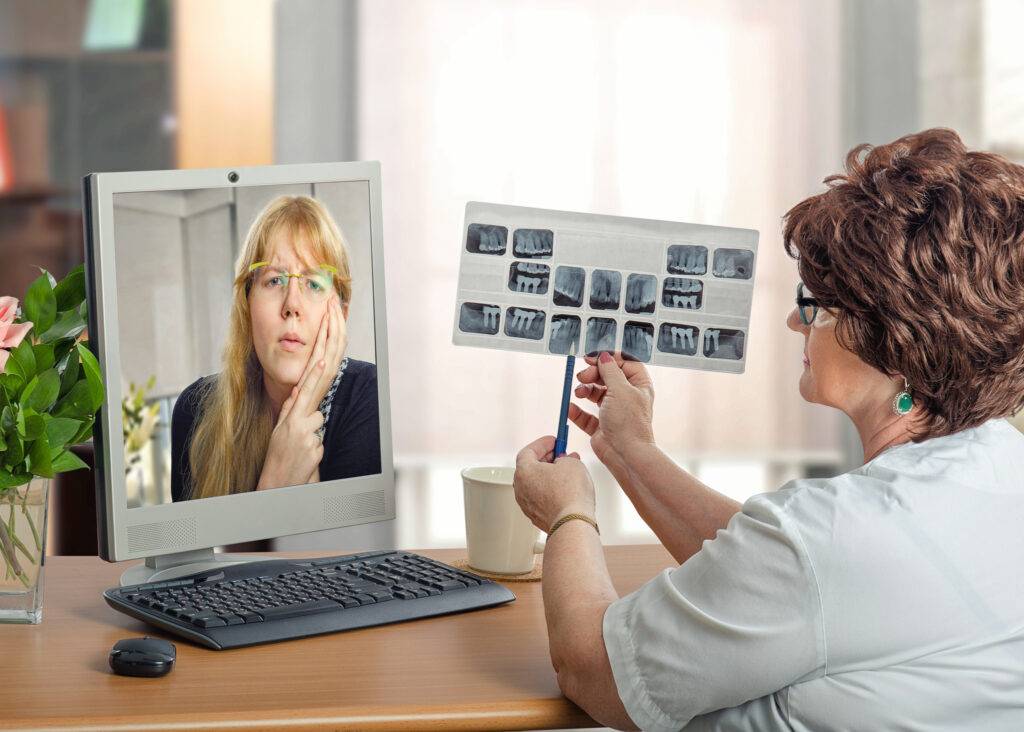Teledentistry has revolutionized the way dentists provide care, offering a convenient and efficient approach to monitoring clear aligner patients.
With the increasing demand for remote healthcare solutions, integrating virtual check-ins and digital assessments into orthodontic practices has proven to enhance patient experience, improve treatment compliance, and optimize workflow for dental professionals.
One of the biggest advantages of using teledentistry for clear aligner treatment is the ability to conduct virtual consultations and follow-ups. Patients can upload progress photos, report concerns, and receive feedback from their dentist without the need for frequent in-office visits.
This not only saves time for both patients and practitioners but also allows for early detection of any potential issues, such as poor aligner fit or lack of progress in tooth movement.
Remote monitoring tools, including AI-driven dental apps and software, have further streamlined aligner treatment by enabling real-time tracking of patient progress.
These tools analyze images and provide automated assessments, helping dentists make informed decisions regarding treatment modifications. By utilizing such technologies, dentists can ensure that patients stay on track with their treatment plan while reducing unnecessary clinic visits.
Patient compliance is a key factor in the success of clear aligner therapy, and teledentistry helps improve adherence by keeping patients engaged. Regular virtual check-ins encourage accountability, allowing dentists to monitor wear time and address any concerns promptly.
Personalized communication through teledentistry platforms fosters stronger doctor-patient relationships and helps patients stay motivated throughout their treatment.
Additionally, teledentistry expands access to orthodontic care, especially for patients in remote areas or those with busy schedules. Virtual appointments eliminate geographical barriers, making clear aligner treatment more accessible to a wider patient base.
This accessibility can be particularly beneficial for individuals who might otherwise struggle to attend frequent in-person appointments due to distance or time constraints.
While teledentistry offers numerous benefits, it is essential to establish a structured protocol for virtual monitoring. Clear guidelines on how often patients should submit progress photos, what specific details to include, and how to handle emergencies remotely ensure a seamless and effective approach.
Integrating teledentistry with in-office visits when necessary provides a balanced treatment strategy that maximizes efficiency without compromising quality of care.
As digital dentistry continues to evolve, the role of teledentistry in monitoring clear aligner patients will only grow. By leveraging remote monitoring solutions, dental professionals can enhance patient satisfaction, streamline treatment workflows, and ensure optimal treatment outcomes.
The future of orthodontic care lies in the seamless integration of technology and personalized treatment, and teledentistry is paving the way for a more connected and patient-centric approach to clear aligner therapy.


